Maintaining crystal-clear pool water is more than just an aesthetic luxury; it’s a cornerstone of safe and enjoyable swimming. Without proper clarity, swimmers can’t see the bottom, increasing the risk of slipping, diving injuries, or missing hazardous debris. Cloudy water also signals potential chemical imbalances or filter malfunctions that may harbor harmful bacteria and algae. This comprehensive guide equips you with in-depth knowledge of what causes cloudiness, how to diagnose its severity, and step-by-step solutions to restore sparkle.
| Table of Contents: What Is Cloudy Pool Water? Major Causes of Cloudy Pool Water Step-by-Step Guide to Clear Cloudy Pool Water How to Prevent Cloudy Pool Water When to Call a Professional |
What Is Cloudy Pool Water?
Cloudy pool water appears milky or hazy rather than clear, obscuring the visibility of the pool floor and walls.
Visual Indicators
Loss of transparency: Water looks opaque instead of transparent.
Light diffusion: Underwater lights scatter, creating a foggy glow.
Floating particles: Specks drift rather than settle quickly.
Levels of cloudiness
Mild cloudiness: Water is slightly hazy, but you can still see the bottom at shallow depths. Often an early warning sign of a minor chemical imbalance or filter issues.
Moderate cloudiness: Bottom visibility is noticeably reduced; details blur beyond a foot or two. May indicate multiple underlying causes (e.g., pH drift plus debris overload).
Severe cloudiness: You cannot see the bottom even at the shallow end. Usually requires aggressive treatment (shocking, flocculation) and possibly professional intervention.
Major Causes of Cloudy Pool Water
Identifying the root cause is crucial for effective remediation. The most common culprits include:
Imbalanced pool chemistry: When pH drifts outside the ideal 7.4–7.6 range, chlorine becomes less effective at sanitizing. Low free chlorine allows bacteria and algae to flourish; too much can combine with contaminants to form chloramines, causing cloudiness and odors. If calcium levels fall below 200 ppm or exceed 400 ppm, scale or cloudy deposits form.
Poor filtration: Dirt, oils, and minerals build up, reducing flow and trapping less debris. A pump that can’t cycle all the water at least once every 8 hours fails to remove fine particles. Neglecting regular backwash or cartridge cleaning allows contaminants to recirculate.
Environmental factors: Leaves, dirt, and twigs introduce organic waste that clouds water as it decomposes. In spring, airborne pollen particles can overwhelm filters and settle as haze. Runoff can carry soil, fertilizers, and pollutants, upsetting the chemical balance. Oils and lotions create a film on the surface that disperses into microscopic droplets.
High bather load: Natural oils emulsify in water and form microdroplets. Makeup, hair products, and perfumes contribute to organic contamination. Excreted solids react with chlorine, reducing its sanitizing power.
Algae bloom: Slight green or yellow tint, slippery pool walls, or faint slimy patches. Rapid algae multiplication turns water pea-soup green if untreated. Even small algae colonies release fine particles that cloud the water before visible growth.
Step-by-Step Guide to Clear Cloudy Pool Water
Follow these systematic steps to restore clarity, working from chemical balance to mechanical filtration and targeted treatments.
Step 1: Test and balance pool chemicals
Test water using a reliable 5-way test kit or digital reader; check pH, free chlorine, total alkalinity, calcium hardness, and cyanuric acid.
Adjust pH to the ideal 7.4–7.6 range
Raise pH with soda ash (sodium carbonate).
Lower pH with muriatic acid or dry acid (sodium bisulfate).
Maintain free chlorine between 1–3 ppm for residential pools; higher for commercial or heavy load pools.
Set total alkalinity to 80–120 ppm to buffer pH swings.
Optimize calcium hardness at 200–400 ppm to prevent scale or etching.
Check cyanuric acid (stabilizer): 30–50 ppm in outdoor pools to protect chlorine from UV degradation.
Step 2: Clean the pool thoroughly
Brushing: Scrub walls, steps, and corners to dislodge algae and biofilm. Use a nylon brush for vinyl/plastic liners and stainless steel for plaster or concrete.
Vacuuming: Operate a manual or automatic vacuum to remove settled debris. For severe cloudiness, vacuum to waste if your system allows, bypassing the filter to avoid clogging.
Skimming: Remove floating leaves, insects, and debris daily with a skimmer net.
Step 3: Backwash or clean the filter
Sand filters: Backwash until water runs clear (2–3 minutes). Then run the rinse cycle for one minute to reseat the sand.
Cartridge filters: Remove cartridges and hose off debris; soak in a filter-cleaning solution if heavily soiled; rinse thoroughly before reinstalling.
Diatomaceous Earth (DE) filters: Backwash to waste, then add fresh DE powder per manufacturer’s dosage.
Step 4: Shock the Pool
Purpose: Oxidize contaminants, destroy chloramines, and kill lingering algae or bacteria.
When to shock: After balancing chemicals and cleaning—ideally in the evening to minimize UV loss.
Standard maintenance: 1 lb of calcium hypochlorite shock per 10,000 gallons for a 10 ppm increase above normal.
Heavy cloudiness or algae: 2–4× normal dose (“double shock”) to achieve 20–40 ppm.
Procedure: Dissolve shock in a bucket of pool water, then distribute evenly around the pool. Run the pump for 8–12 hours.
Step 5: Use a Pool Clarifier or Flocculant
Clarifiers: Coagulate micron-sized particles into larger clumps that your filter can trap.
Dosage: Typically 1 oz per 5,000 gallons. Always circulate for at least 8 hours.
Best for: Mild to moderate cloudiness.
Flocculants: Cause fine particles to settle rapidly on the pool floor.
Dosage: 2–4 oz per 5,000 gallons.
Procedure: After adding, run the pump for only 1 hour, then turn it off and let it sit overnight. Vacuum settled debris into waste.
Best for: Severe cloudiness when the clarifier alone isn’t enough.
Swimming Pool Safety Equipment Checklist: Here's What You Need to Know
How to Prevent Cloudy Pool Water
Integrate these habits into your weekly routine to keep water pristine.
Weekly water testing: Test pH, chlorine, alkalinity, calcium hardness, and cyanuric acid every 7 days. Adjust proactively before levels drift too far.
Regular filter maintenance: Backwash sand/DE filters once the pressure gauge reads 8–10 psi above clean starting pressure. Rinse cartridges biweekly and deep-clean monthly.
Showering before swimming: Encourage all swimmers to rinse off sweat, lotions, and cosmetics. Reduces organic load and chlorine demand.
Proper chemical storage & dosing: Store chemicals in a cool, dry place away from direct sunlight. Add chemicals slowly and in the correct order: alkalinity first, then pH, then sanitizers.
Keep debris out: Use a pool cover when not in use. Trim overhanging trees and sweep patios regularly to minimize leaf and pollen entry.
When to Call a Professional
Even with diligent care, certain situations warrant expert intervention:
Visibility persists after 3–5 days of treatment and chemical balancing.
Unusual water odor (strong chlorine or rotten egg smell) that indicates bacteria or chemical reaction issues.
Pump losing prime, filter leaks, or irregular pressure readings.
Recurring algae blooms despite routine shocking and filtering.
Professionals can perform advanced diagnostics, such as water sample analysis, filter media replacement, and equipment inspection, to resolve stubborn cloudiness and safeguard your pool investment.
How to Balance Pool Water Easily and Avoid Expensive Repairs
Cloudy pool water signals an underlying imbalance, whether chemical, mechanical, or environmental, that demands swift attention. By understanding the visual cues and principal causes, you can implement the five-step remediation process to restore clarity. Integrating weekly testing, filter upkeep, and pre-swim showers forms a robust defense against future haze. USAPoolShop is your go-to source for premium pool equipment replacement parts, including valves, o-rings, pressure gauges, and plumbing fittings from top manufacturers. With fast shipping and expert support, we ensure your pool stays in top shape year-round.
FAQs
Can a dirty pool cover contribute to cloudy water?
Yes, a dirty or improperly stored pool cover can introduce debris, bacteria, or mold spores into the water when removed, contributing to cloudiness. Always clean and dry the cover before storing.
How long does it take for the pool clarifier to work?
Most pool clarifiers take 24 to 48 hours to show noticeable results. However, effectiveness depends on water chemistry and filtration performance. Continuous filtration is essential during this period.
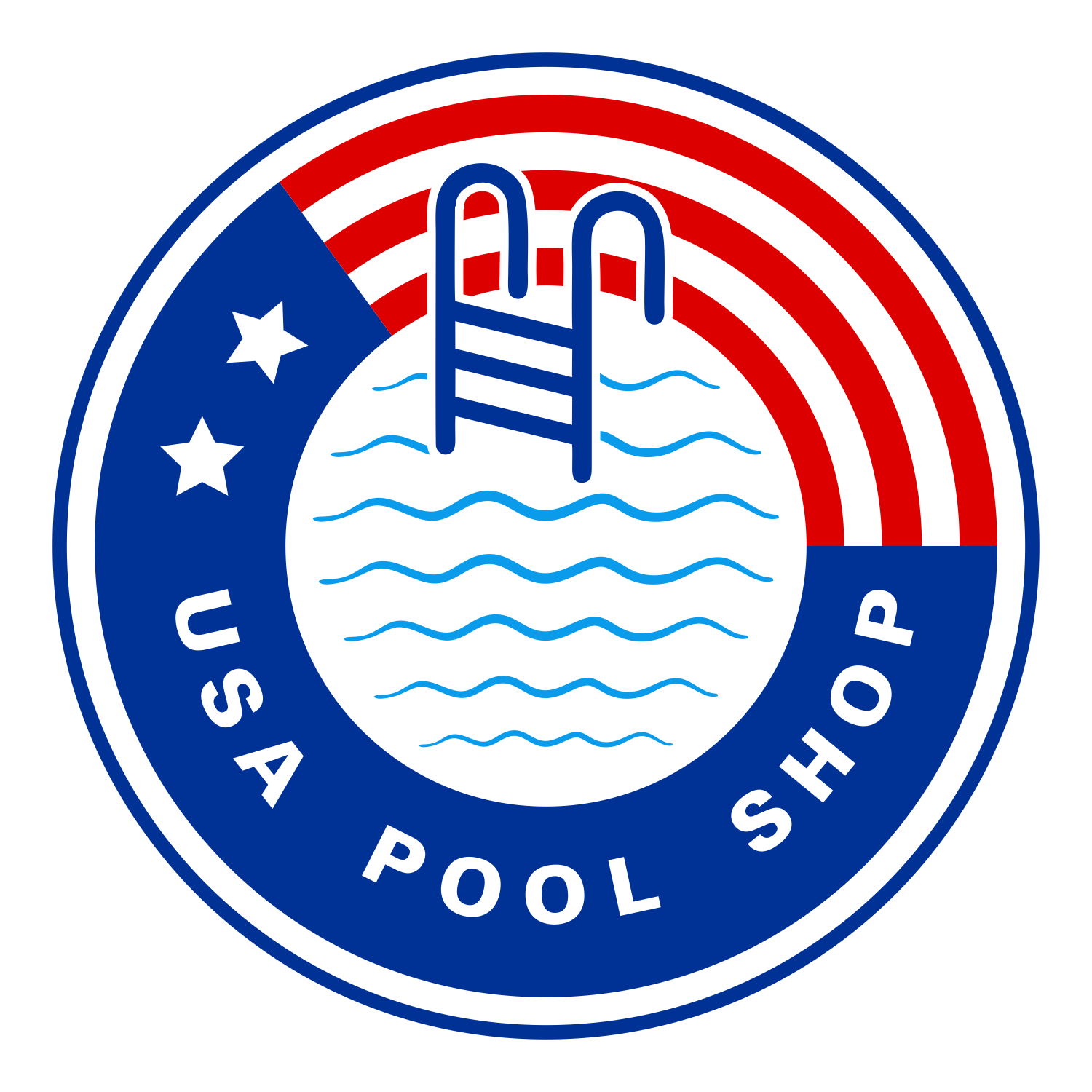



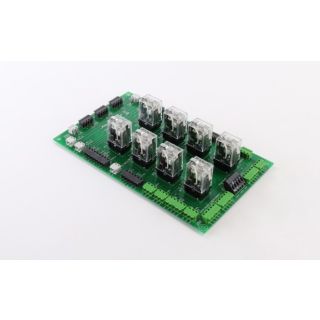
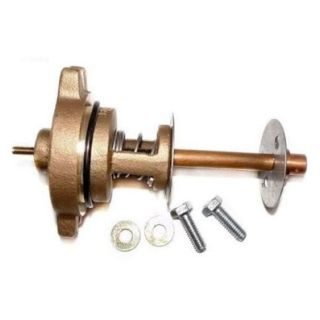
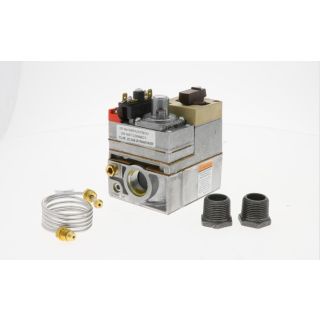
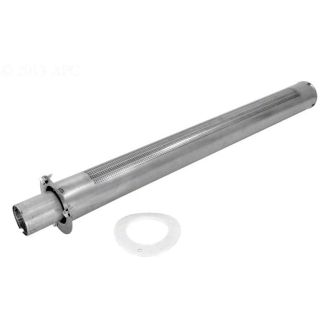
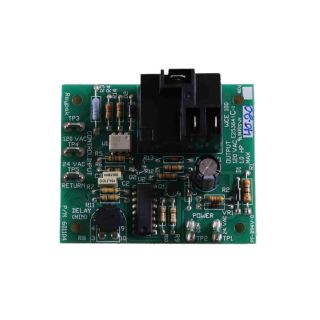
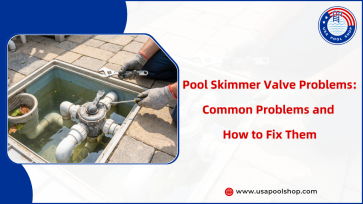


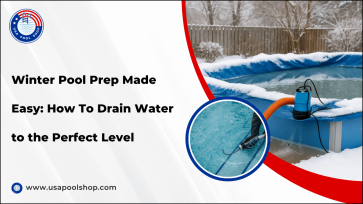

Validate your login